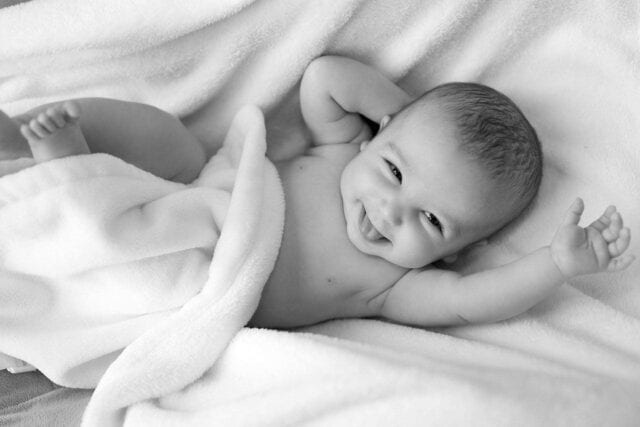In 2020, 53 children were born in Norway. This is 000 less than the year before and 1 less than in 500. The total fertility rate (SFT) was measured at 8 children per woman. The fertility rate of 800 is the lowest ever measured in Norway, down from 2009 in 1,48. This is the latest data from the SSB statistics.
- The decline in fertility is a trend that has continued for over ten years, so these numbers are not surprising. The fertility rate has been declining since 2009, when the rate was 1,98, says Espen Andersen at the Statistics Norway.
The total fertility rate is a measure of how many children will, on average, be produced by women of childbearing age
The decline in births in 2020 cannot be linked to the Covid-19 pandemic. The vast majority of babies born last year. She was conceived long before the introduction of the coronavirus restrictions in March 2020. The total fertility rate is a measure of how many children will be born on average by women of childbearing age. Keep in mind that this is a hypothetical goal.
The fertility rate of women between the ages of 20 and 30 has dropped significantly over the last ten years
– We see that more and more women are in the age group between 20 and 30 She is waiting longer than before for her first child. The average age of first-time mothers has increased as fertility rates have fallen, Andersen says.
Fertility also decreased for women aged 30 to 34, while it remained stable for women over the age of 35. In 2020, the average age of mothers giving birth for the first time was 29,9 years, while fathers were 32,1 years old. Compared to 2019, there was an increase of 0,1 years for both mothers and fathers.
Less than 42 percent of women had two children and they constitute the largest group
The fertility rate (SFT) is primarily used to look at the current development of birth rates. On the other hand, group fertility shows, for example, how many children were actually born back in time by calculating the average number of children per women who turned 45 years of age.
- Women who turned 2020 in 45 had an average of 1,96 children. Less than 42 percent of these women had two children, and they make up the largest group, says Andersen.
Fertility among immigrant women it is also record low
The total fertility rate for immigrant women was 1,68 in 2020, down from 1,77 in 2019. It is also the lowest level measured for this group. Without the participation of immigrant women, the fertility rate in Norway would be 1,44.
- Immigrant fertility has traditionally been higher than that of the rest of the population. However, in recent years, the fertility rate of immigrant women has declined at about the same rate as that of the general population, says Andersen.
The fertility of immigrant women also varies depending on where the immigrants are from. Traditionally African women had the highest SFT among immigrant women in Norway. Unfortunately, this ratio has also decreased among them in recent years. In 2020, the SFT for women immigrating from Africa was measured at 2,20, which is 0,20 less than in 2019.
– The highest fertility rate is in Rogaland and the lowest in Oslo
Rogaland had the highest fertility rate in 2020 with a result of 1,64 children per woman. In recent years, the fertility rate was the lowest in Oslo, which also in 2020 was 1,38. However, this is not the lowest level measured in Oslo: in 1983, the SFT in Oslo was 1,34. Fertility was also low in the two northernmost provinces. Last year, the fertility rate in Finnmark and Troms and in Nordland was estimated at 1,41 children per woman.
Fertility has also declined in neighboring countries
The decline in fertility that we have seen in Norway is not a particularly Norwegian phenomenon. Sweden and Finland have also experienced marked declines in fertility in recent years, while in Denmark it has been slightly more variable. Of these four Nordic countries, the highest fertility was in Sweden and Denmark with 1,66 and 1,67 children per woman respectively in 2020. By far the lowest is SFT in Finland with 1,37. However, in 2020 there was a slight increase in Finland, a difference between Finland and Norway is smaller now.



